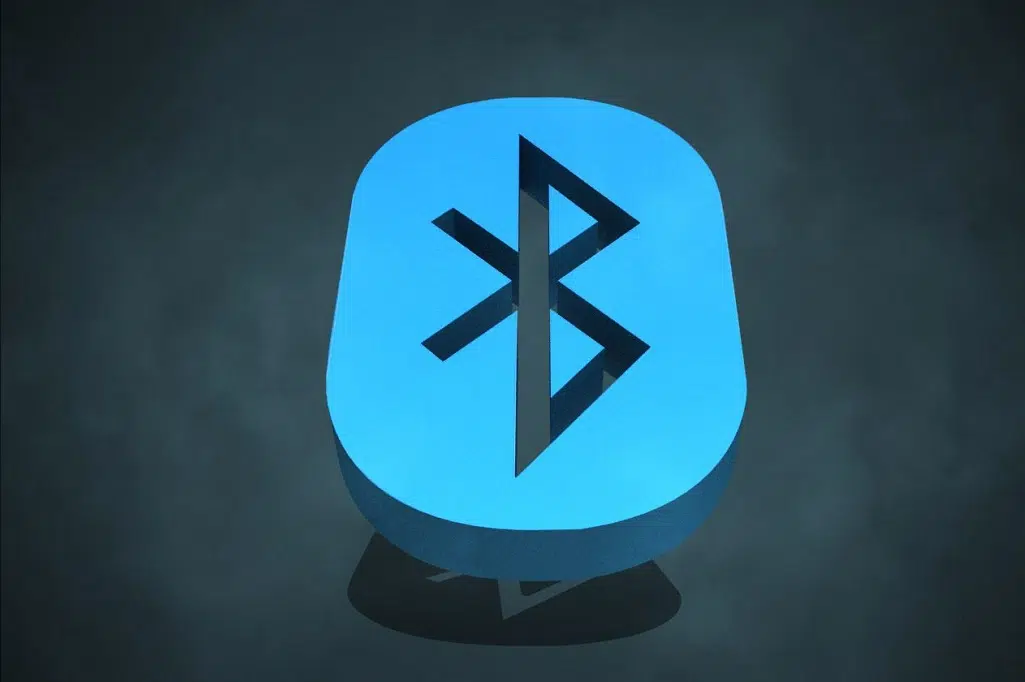We have covered topics like “Is 5G radiation safe?” but have you ever wondered about its lesser-studied cousin Bluetooth. After all, they are both use similar electromagnetic radiation technologies that transmit using Radio Frequency. In this article, we’ll explain what is Bluetooth is Bluetooth safe to use. Before we can understand the potential risks associated with Bluetooth, we first need to understand how it works.
What is Bluetooth?
Bluetooth technology is a packet-based protocol for establishing a direct connection between devices to exchange data without the need for an internet connection. Bluetooth is an open standard, meaning anyone can freely use the technology without needing a license. This is most likely one of the main reasons why Bluetooth has been widely adopted and is now a staple in more and more devices. Nowadays, Bluetooth is found in Cars, smart home devices, wireless headphones, speakers and earphones such as Airpods.
Bluetooth devices operate at a frequency that is similar to the range of Wi-Fi networks and microwaves. For Bluetooth to work, it uses electromagnetic radiation (EMR). While it has the word radiation in it, you shouldn’t be worried. Here is how EMR works.
What is Electromagnetic Radiation?
EMR is the invisible energy emitted by objects at different frequencies. The devices that operate at a higher frequency contain a higher level of EMR. There are two types of EMR: ionizing and non-ionizing EMR. Ionizing EMR is the dangerous type of radiation found in X-ray machines and direct sunlight and throuh high exposure can remove electrons from atoms, which makes them potentially damaging to the human body. Whereas non-ionizing EMR uses lower frequencies and produces lower energy and is found to be less dangerous.

Is Bluetooth Radiation safe?
So, is Bluetooth radiation safe and is there a possibility that Bluetooth can cause cancer? The answer is No, well at least, not in a way that has been proven yet by research. While research on the safety of Bluetooth technology has been polarizing, there is a consensus and there are no facts that point to any dangers. Any Bluetooth device will emit low levels of non-ionizing electromagnetic radiation. The ability of any device that uses electromagnetic radiation of causing harm and affect cell function will come down to the frequency in which it uses. Bluetooth uses a low frequency and isn’t a type of radiofrequency electromagnetic radiation (RF EMR) capable of damaging your DNA on its own.
In order for radiation to cause cancer in a cell, it has to break the bonds of the molecules that make up your DNA to the point where the information is changed upon cell division. The way to do that is with Ionizing radiation which we discussed earlier. When ionizing radiation damages your DNA, it knocks electrons out of atoms and molecules, changing the properties of the atoms and breaking bonds in the DNA’s component molecules. Should enough radiation of that type be applied, it’s possible to damage the DNA enough that errors happen when the cell reproduces—potentially causing tumour cell growth. Bluetooth is what’s called non-ionizing radiation—because it can’t knock electrons out of the base molecules in your DNA needed to replicate your cells.
Bluetooth, like other forms of radiation, will require more research to say for certain whether it’s safe. At this stage, research states that it is safe for human use. If you are making good use of Bluetooth technology, your best bet is to minimize your exposure to Bluetooth devices and use wired technology where possible

